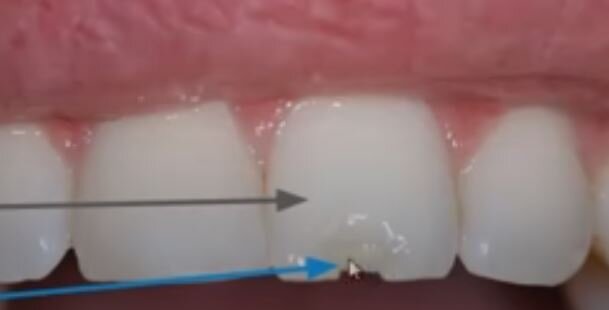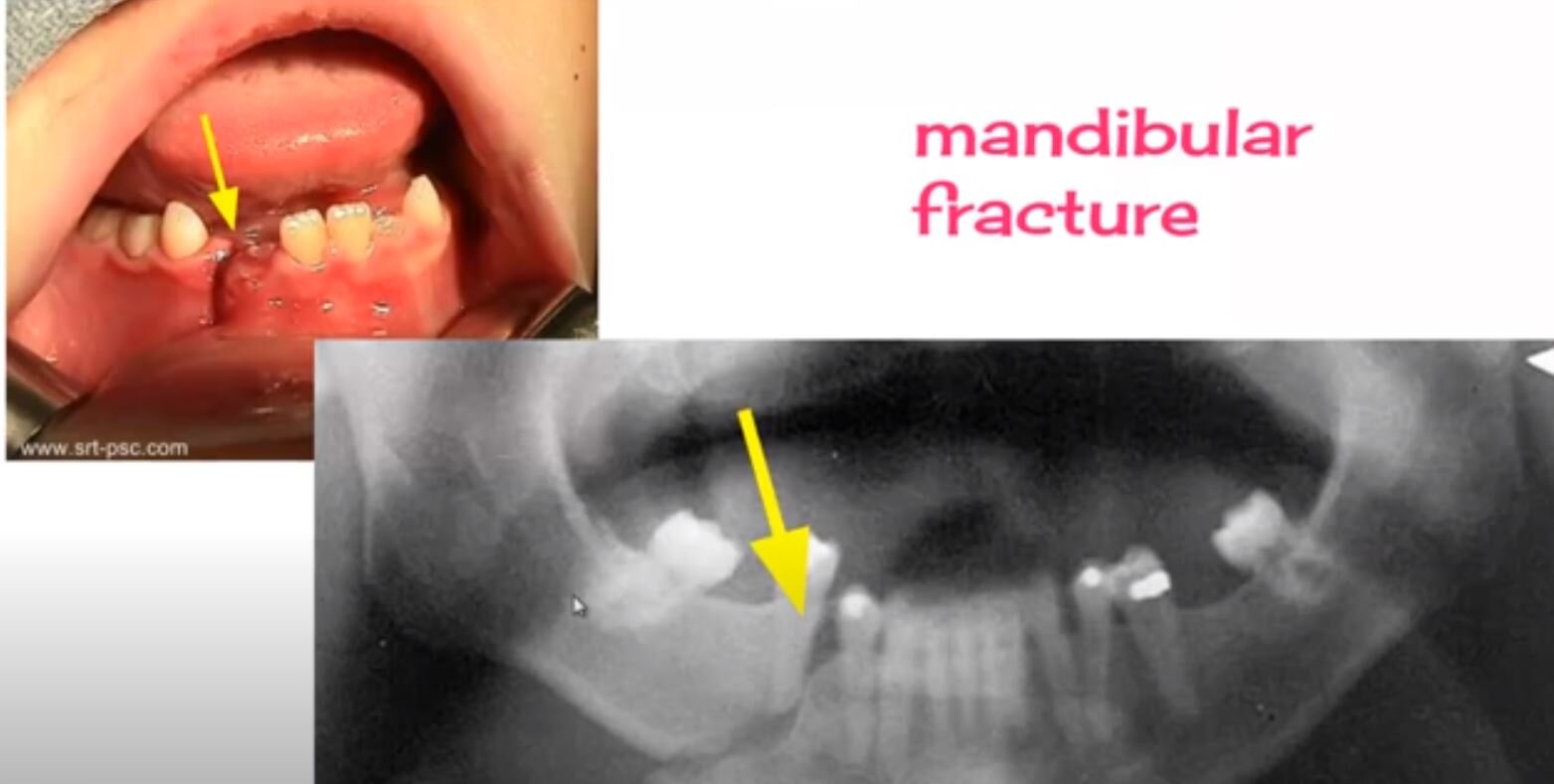POTD: Brugada syndrome
Brugada syndrome is a cardiac disease cause by an inherited ion channelopathy (Na, K, and Ca channels affected) with a propensity to develop Vfib, Vtach, Afib, and rarely SVT leading to sudden death. Most events happen between midnight to 6am - in Thailand, Brugada Syndrome is known as "Lai Tai" or "death during sleep".
Demographics: asian, average age 41 yo, males are 9x more likely
EKG can be sinus then Brugada can triggered by fever, vagal tone, cocaine/alcohol use, ischemia, hypoK, hypothermia, medications (sodium channel blockers, calcium channel blockers, nitrates, a agonist, B blocker)
History: ask for family history of sudden death < 45yo, syncope and cardiac symptoms in the past
EKG look in V1/2
Type 1: elevated ST> 2mm that descends with upward convexity to TWI
Type 2: elevated ST> 1mm that descends toward baseline then rises again to upright T wave
Type 3: elevated ST> 1mm descends toward baseline then rises again to upright T wave
Treatment
If patient is asymptomatic and Brugada EKG was found incidentally, you can discharge with cardiology follow up.
If the patient has syncope, chest pain, sob or any concerning symptoms, admit for EPS study and ICD placement.
If the patient is in tachyarrhythmia (Vfib, Vtach, etc) and the patient is unstable, cardiovert
If the patient is stable, requiring recurrent cardioversion, or having recurrent shocks from pt's ICD (people known to have 50+ shocks etc.), you should treat medically. Ideally, consult cardiology for recommendations. If you are solo coverage in community without cardiology...oh God...
Given the channelopathies, many commonly used VTach medications for Brugada are contraindicated or ineffective.
www.brugadadrugs.org is a great site to tell you which medications should not be used: procainamide, flecanide, bupivacaine, propofol, ketamine, tramadol, lithium
Amiodarone is ineffective, case studies have found that it can unmask hidden Brugada but will not terminate the rhythm. BB and CCBs are also shown to be ineffective.
Quinidine is the best studied medication for tachyarrhythmias in Brugada, terminating 80% of arrhythmias. (Interestingly it is a Na channel blocker, but it's blockade effect on Ito an outflowing K channel is what helps it treat Brugada)
Immediate release form 200-400 mg PO q6h, then extended release 324 mg PO q12
Isoproterenol (B1/B2 agonist) is less studied but it can be given as a drip at 2-10 mcg/min tritrated to effect.
I spoke to pharmacy at Maimo and they were kinda enough to ask Dr. Adzic who said he would use Quinidine or Isoproterenol not amio.







